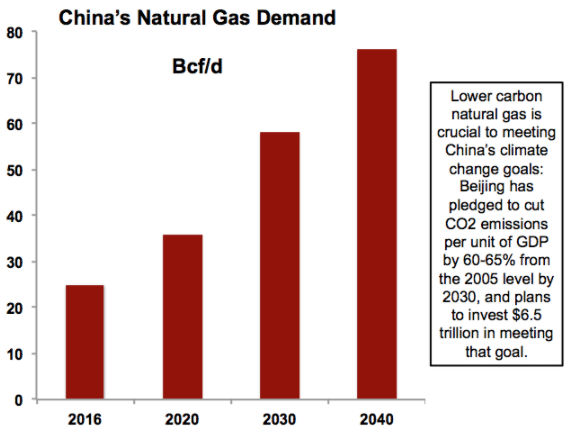Does Tanzania’s Natural Gas Boom Mean Anything Internationally?
We can talk about a thousand of things for the benefit it gives to our country. But what does it mean to Uganda, China, or wherever?
There are over 57 .25 trillion cubic feet (TCF) of recoverable gas in Tanzania and more than 441 trillion cubic feet of natural gas are still trapped underground, according to the US geological survey.
Tanzania’s biggest energy challenge is not only self-sufficient, but the country has the opportunity to be a new source of global energy supply.
A great Supply of Natural Gas Is Needed in Tanzania and Overseas
Natural gas is a leading source of energy in Tanzania since water in dams can be scarce in the dry seasons. Natural gas is often required to generate more power.
As you can see, the oil and gas industry still has critics and still receives negative publicity about its lack of security on the environment. But natural gas burns cleaner than coal in power generation.
Read. Aminex Continue to Accelerate Its Drilling Operation on Shore in Tanzania
In addition, natural gas continues to grow its importance as a source of energy in Tanzania because its power plants rely on it. For instance, some three years back, the 150MW Kinyerezi-1 facility came online. Also in April 3, 167MW Kinyerezi-2 facility was fully commissioned. And all these are the gas-fired power plant.
Note that the gas demand in Tanzania is huge and is supported by industrialization, economic growth, and electrification in the region.
It is not a secret that there is a huge demand for the gas within Tanzania, but there are opportunities to export to other non-gas producing countries.
China’s Thirst for Natural Gas
China’s need for an alternative source of energy is much greater. Urbanization and population growth are driving China to find an alternative source of energy.
Bloomberg New Energy Finance pointed out that China LNG’s imports climbed up by 50% in 2017and ranked China as the world’s third largest buyer after Japan and South Korea.
Furthermore, India consumes 22 million cubits of liquefied natural gas a year. The rate is expected to rise in the next 5 years.
Here’s snap shot of China’s gas needs
The chairman of Gail India Ltd. pointed out that his company wants to buy more LNG in years 2023 and 2024.
This is good news for Tanzania to further its Onshore LNG project so that they can enter long-term agreement with these Asian buyers who have need of liquefied natural gas (LNG).
As said in earlier posts, Shell (partnered by UK independent Ophir and Singapore-based Pavilion Energy) and Norway’s Equionor, formerly Statoil (partnered with Exxon Mobil) want to develop Tanzania’s natural gas industry through building a $30 liquefied natural gas (LNG) plant. This will allow Tanzania to export its gas to the Asian market, especially China.
There are estimates that the project will increase. There are estimates that the project will bring in $2 to $3 billion for Tanzania each year.
Tanzania Pump its Natural Gas to Uganda
In August, Tanzania and Uganda signed off a natural gas pipeline trade deal. This will allow Tanzania to export its natural gas to Uganda. Last week the state-controlled Tanzania Petroleum Development Corporation (TPDC) received an expression of interest (EOI) from companies that would like to conduct a feasibility study on the pipeline.
The deal paves the way for the strong collaboration between the two countries as, recently, they agreed to build 1445 crude oil pipeline that will carry crude oil from Ugandan oil fields to Chongeleani peninsular nearby Tanga port in Tanzania.





